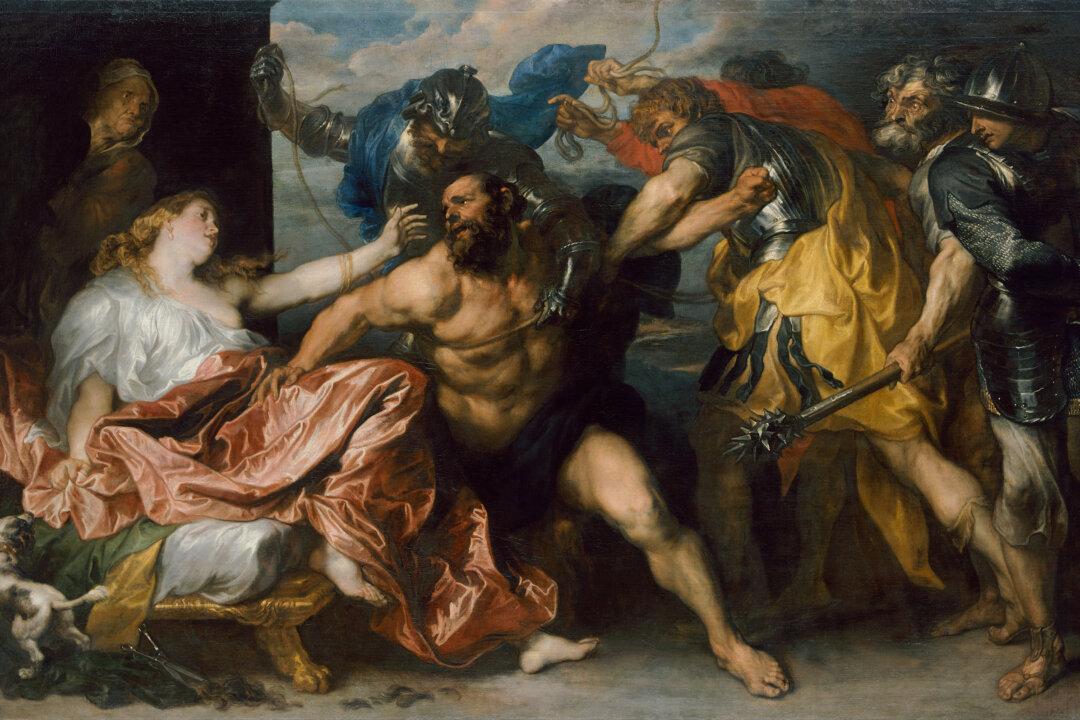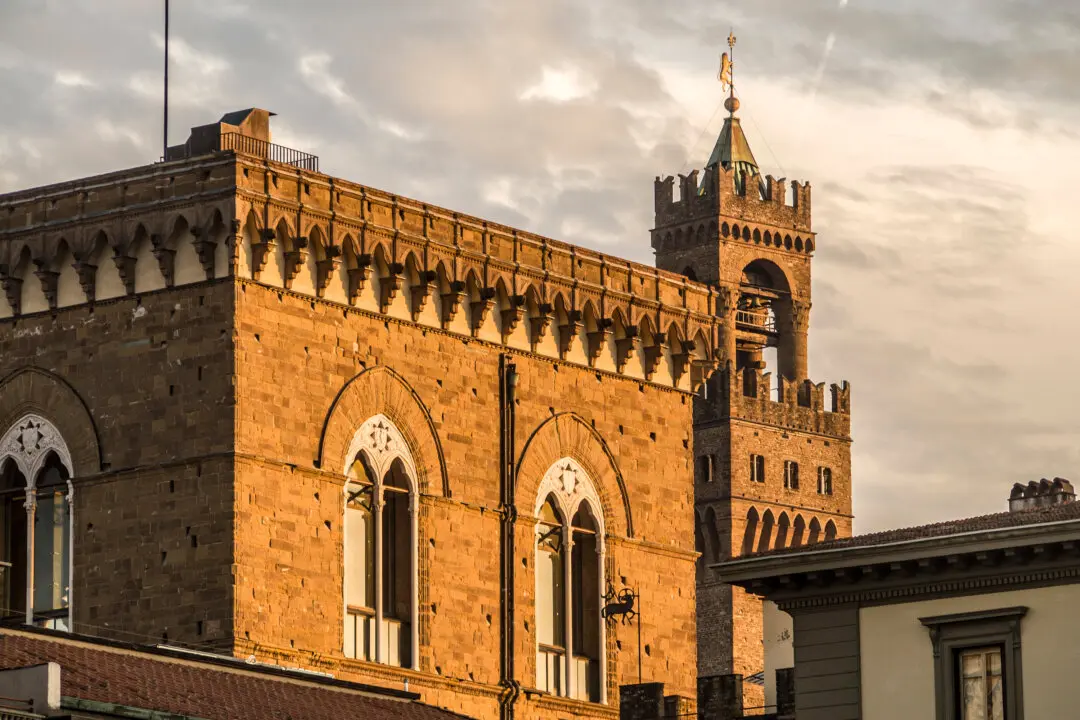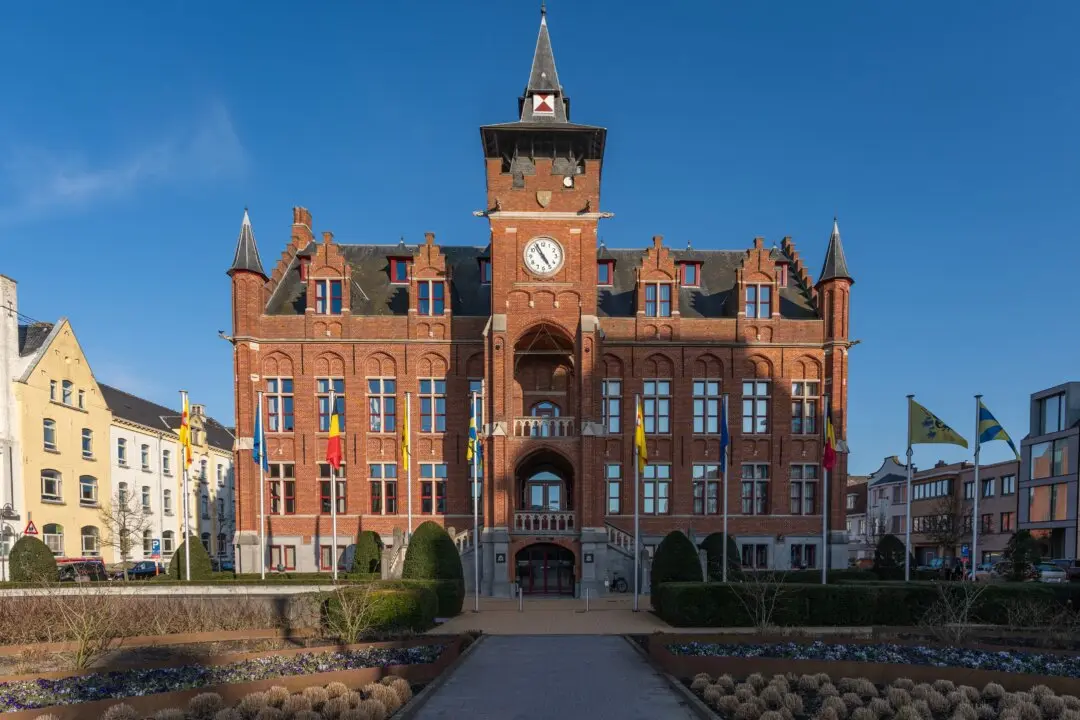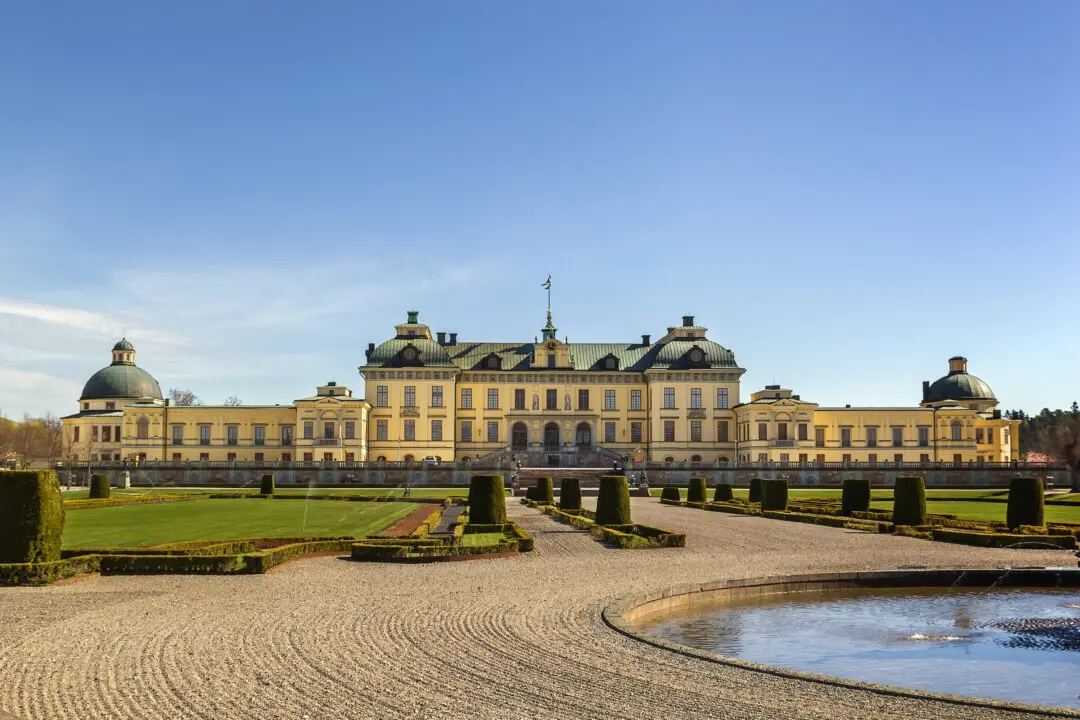For both art and history lovers, the name of Anthony van Dyck and the royal court of England’s King Charles I are inseparable. Few artists have historically influenced the popular image of a particular era as much as van Dyck. While it is taken for granted that the relationship between artist and king is a small part of van Dyck’s story, his varied career and broader artistic significance is too often overlooked.
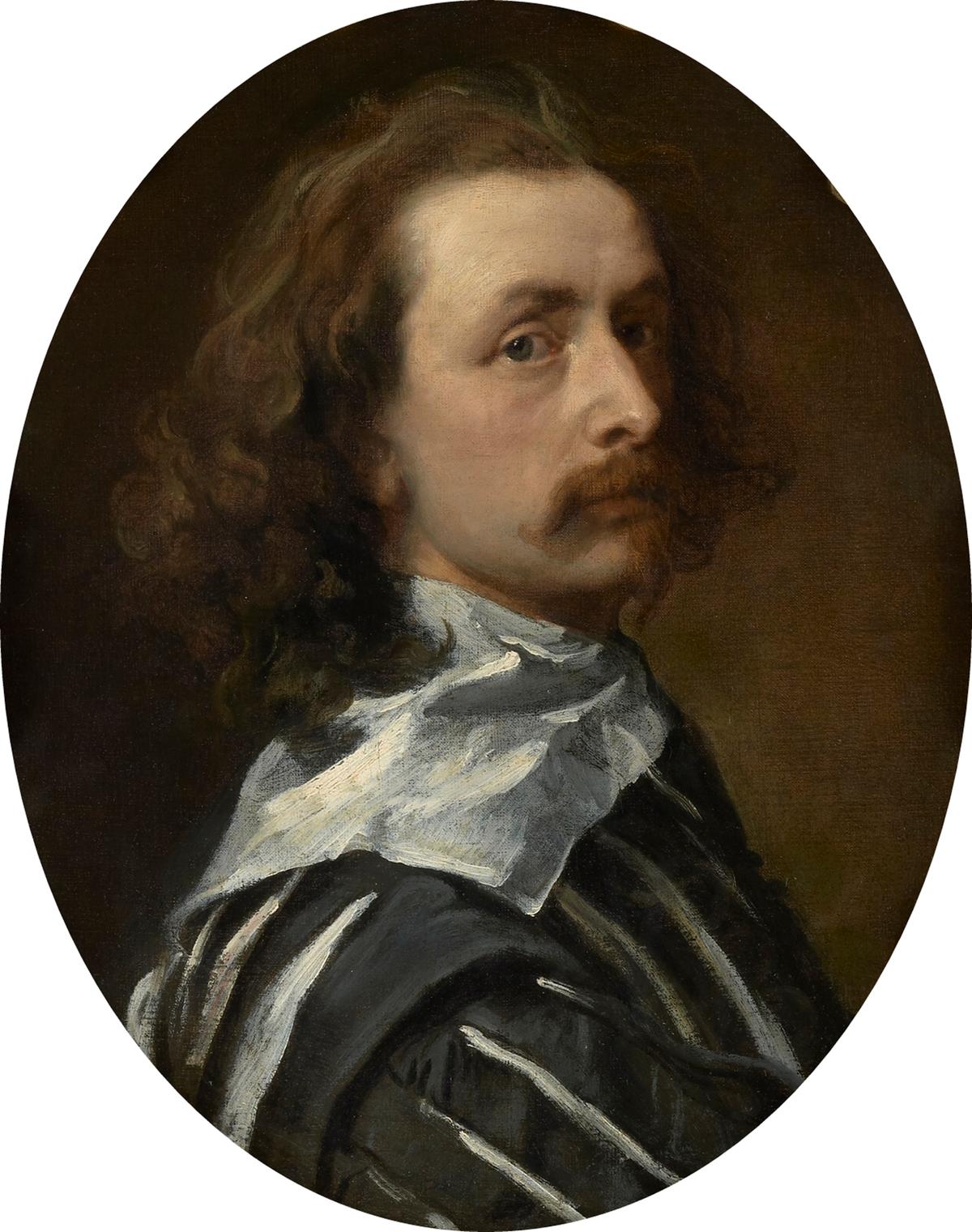
Self-portrait of Sir Anthony van Dyck, circa 1640. Oil on canvas. National Portrait Gallery, London. Public Domain

